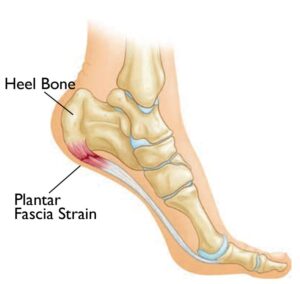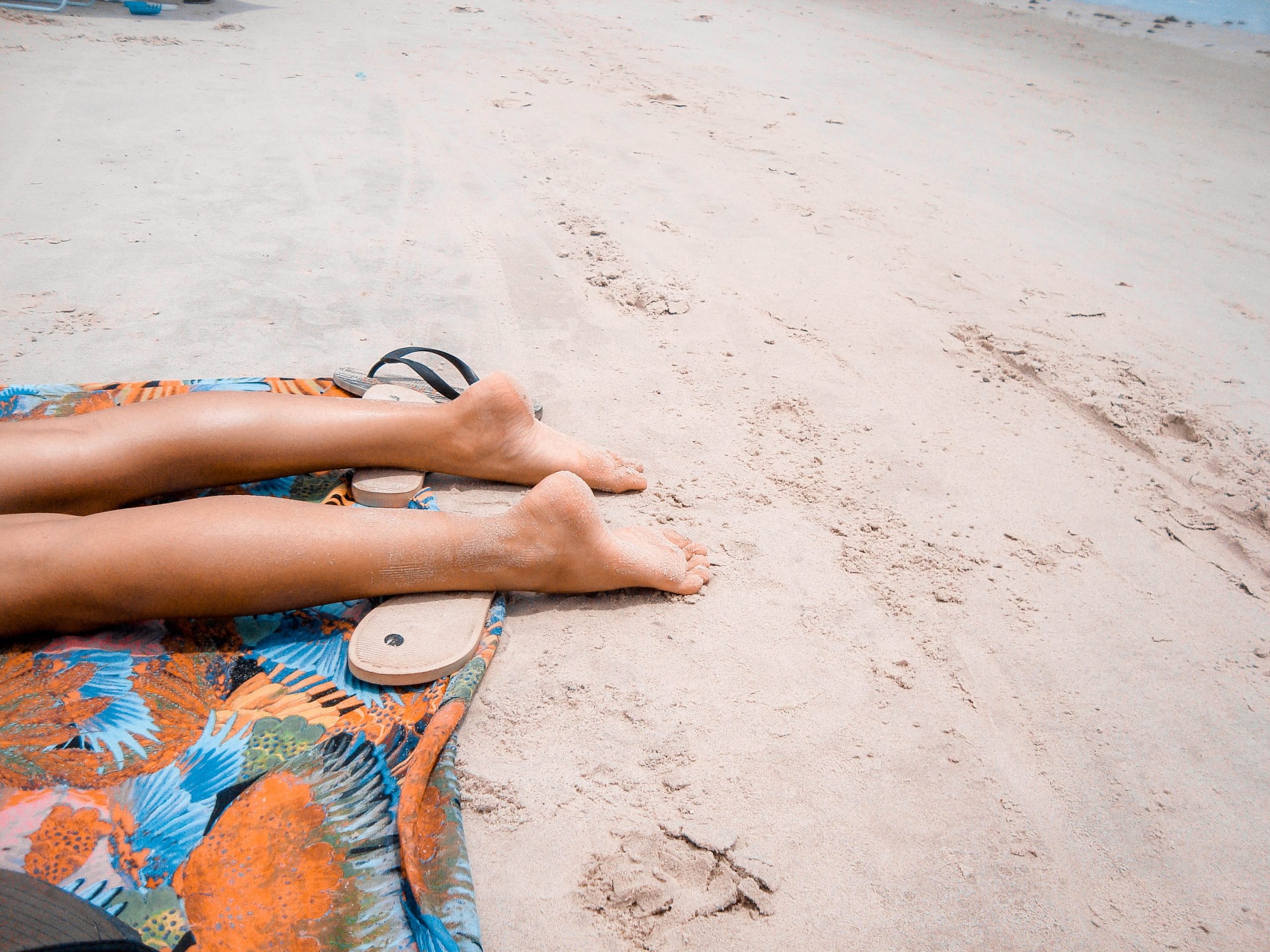Plantar Fasciitis- or more commonly referred to as heel pain, is actually one of the most common foot problems in the world! Heel pain is ranked as one of the most searched terms of ‘Google.’- although most people believe they are the only ones dealing with it!
What Is The Plantar Fascia?
The Plantar Fascia is a thick band of connective tissue along the sole of your foot. It starts at the base of the heel bone and spreads across the entire sole of the foot. It acts like a rubber band and works with the calves to put a spring in your step. It helps provide shape and structure to your arch. The plantar fascia works as our body’s own shock absorber and distributes the pressure as weight is transferred to legs. It is a strong piece of connective tissue, however If too much pressure goes through the plantar fascia, it can become inflamed, degenerative and painful. This can occur acutely or the most common way for it to occur is repetitive stress over a long period of time. This will then cause small ‘micro-tears’ in the fascia and over time it can become worse.

What Are The Main Causes?
The main causes of plantar fasciitis are:- Changes in footwear or poor footwear. Changing footwear to a pair of flat shoes with no support is likely to strain the plantar fascia.
- Sudden increases in activity, for example from doing minimal walking to a big hike or marathon training can quickly aggravate the plantar fascia.
- Foot type: Thank for your genetics for this one! People with very high arches or very flat feet can also be more prone to developing plantar fasciitis
- High BMI: The more weight our bodies carry, the more weight through our feet.
- Occupation: Jobs where you are standing for long periods of time, on hard floors can be an aggravating factor.
- Injury: Blunt pressure through an injury such as jumping and landing on the heel or ball of the foot can strain the plantar fascia.
What are the Best Treatments?
To ensure a quick recovery, here are the key signs to be aware of: – Avoid overexerting the exercises that cause you pain. Activities such as walking or running often provoke the plantar fascia, so non weight bearing exercises like swimming or cycling can be used as a substitute.– Footwear is IMPORTANT. Flat, lose un-supportive shoes are known for aggravating the plantar fascia. So wearing lace up shoes with good arch support is very beneficial.
The faster we treat, the faster and better the results will be. Chronic Plantar Faciitis is called Plantar Fasciosis. This is when happens when there’s long-standing inflammation or when blood flow to the area is restricted for a prolonged period.
There is a range of treatments. Its best to use a combination of treatments to get the best results.
- REST! There is no doubt that rest is one of the best things you can do to settle down your heel pain!
- Freezing a bottle of water and rolling it back and forth from your heel to forefoot repetitively. This will begin to stretch your plantar fascia and calm down any inflammation.
- Stretching the bottom of your foot. Before getting out of bed in the morning, Sit up straight in bed, get a belt, and hooking it around the big toe, and gently pull back, this is stretching the planter fascia.
- Orthotics or innersoles are proven to help in the long term and can help by supporting the arch, which therefore engages the plantar fascia.
- There is a range of gentle exercises that can help as well, such as calf raises- to help strengthen the muscles in the foot and leg.
